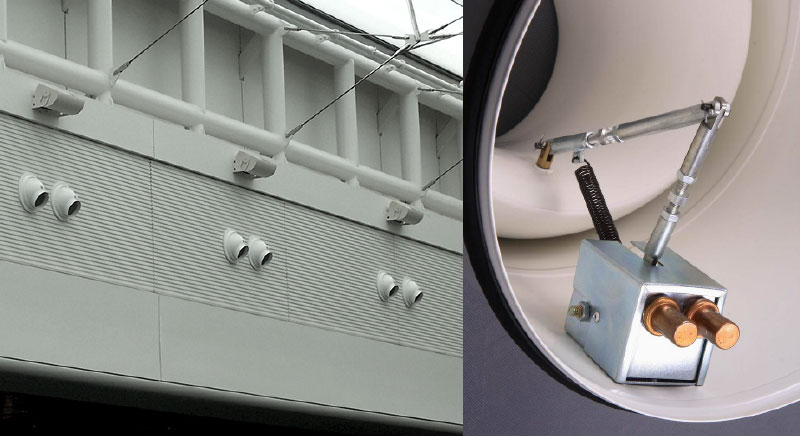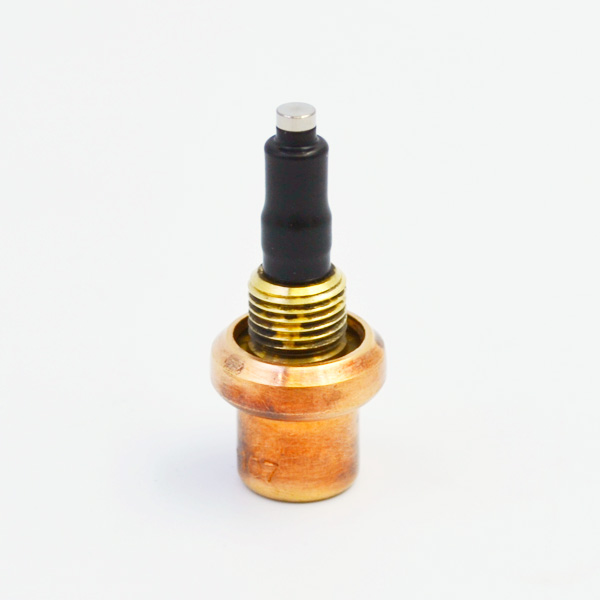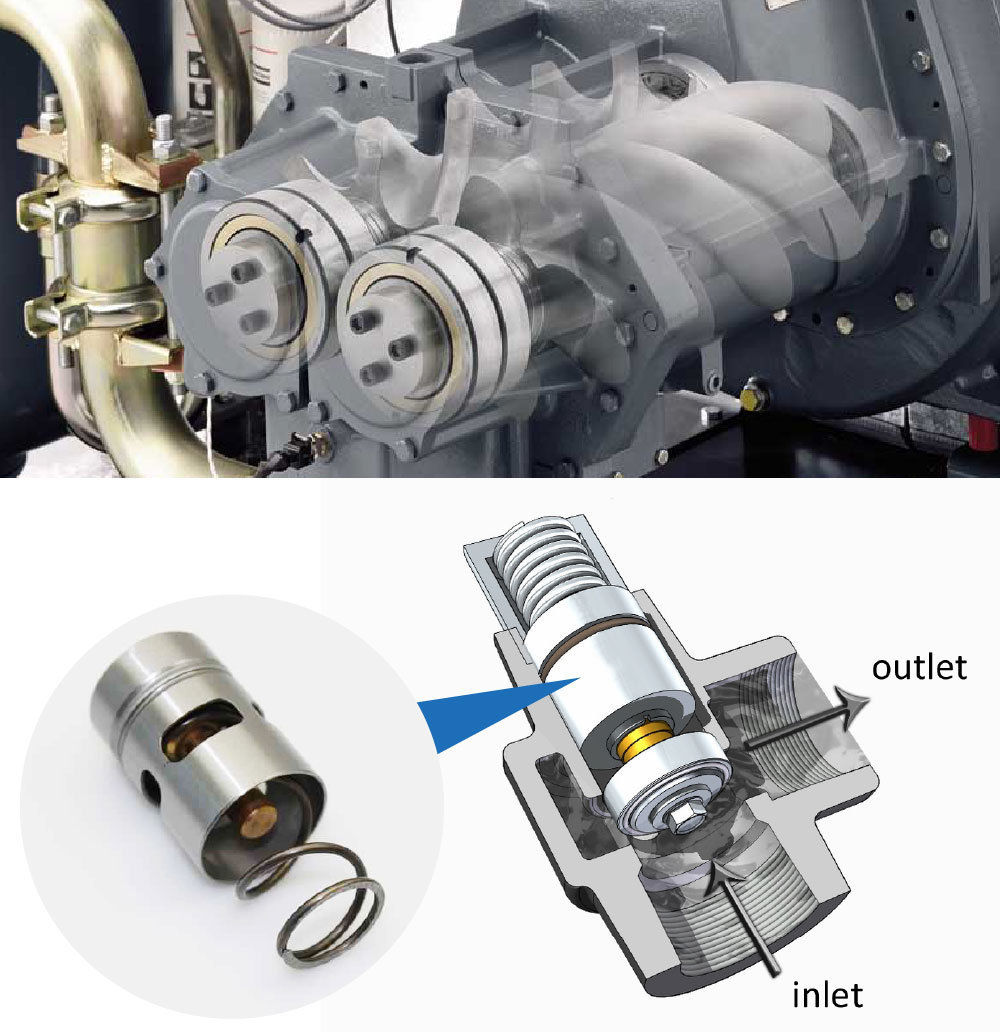Three-phase asynchronous motor for pumping unit is a kind of periodic non-uniform load. Because the starting current of the motor is large, and it is mostly in the light load state in the operation process, the waste of electric energy is serious, so it is of great significance to study the energy-saving of pumping unit motor. The cost of the controller in this paper is low, and it has certain popularization value. Most oilfields in our country are low permeability oilfields.
Because of the poor self-injection ability, mechanical oil recovery is basically adopted. Mechanical oil recovery is divided into pump-lift and gas-lift. In our country, rod-pump method is mainly used. This method is a method of pumping. It pumps oil through a “three-pumping system” consisting of pumping units, sucker rods and pumps. There are many kinds of pumping units, such as beam pumping units, chain pumping units and so on. But the most common and practical is the beam pumping unit. This pumping unit has the advantages of convenient maintenance, strong adaptability and not easy to damage, and has been widely used in petroleum exploitation. When a beam pumping unit is equipped with a motor, the power of the motor is usually selected according to the maximum load in the design calculation, and the output of oil in the underground reservoir is not stable enough, which will make the motor in a long-term light load state, which is commonly referred to as the phenomenon of “big horse trolley”. This will greatly reduce the operation efficiency and power factor of the motor, resulting in a serious waste of electric energy and a greater impact on the power grid. In addition, because of the load characteristics of pumping unit operation, the load of upper and lower stroke is not balanced, and the difference is large. In order to improve this unbalanced state, reduce the capacity of working motor, improve work efficiency, save electricity, beam pumping units are designed with counterweight, but because of the small fixed counterweight, it can not completely eliminate the light load condition in the lower stroke of pumping unit. In addition, large and medium-sized motors will produce a large starting current in the starting process. Long-term operation in this way will not only damage the motor, but also have a serious impact on the power grid. Therefore, it is necessary to control the motor in real-time during the start-up and normal operation of pumping units. The motor of beam pumping unit is started with load, so the starting current is very large, the power factor is very low, and the power requirement of the motor is relatively large. The output power of a beam pumping unit varies periodically, so the current of its driving motor varies periodically. When choosing the motor, in order to ensure that the temperature does not exceed the allowable value, the rated current of the motor needs to take the maximum value during the operation of the motor, accordingly, the higher the demand for the rated power of the motor. In order to accurately select the drive motor capacity of a pumping unit, a large amount of data needs to be measured, which is often difficult to achieve. Moreover, there is no uniform and accurate calculation standard for the selection and calculation of the motor capacity of the pumping unit. Therefore, in most cases, the estimation method is used to select the power of the matching motor, generally leaving a large margin. The service life of a beam pumping unit is very long. During its service life, the power demand of the motor may vary greatly due to the change of the working condition of the oil well. It is reasonable to match the power demand of the motor according to different periods in order to improve the operation efficiency and power factor of the motor. But in actual production, it is difficult to do so. Generally, the motor is not replaced during the service life. Therefore, the selection of the motor is based on the maximum power that the pumping unit may encounter. Because the main energy consumption of oil field is that the electric energy of pumping unit is transformed into the mechanical energy of pumping unit, so reducing the energy consumption of pumping unit has always been an urgent problem to be solved in major oilfields, and it is also an inevitable requirement to reduce energy consumption and improve productivity. The following is a brief introduction of the current energy-saving methods. Parallel capacitor compensation is the earliest energy-saving method, which can be divided into fixed compensation and dynamic compensation. Fixed compensation can be divided into local compensation and centralized compensation.
In-situ compensation of AC asynchronous motor is to directly parallel the capacitor bank with the motor. The reactive power required for starting and running of the motor is provided by the capacitor, while the active power is provided by the power grid. Therefore, the reactive power demand of the traction system can be minimized. This method can not only improve the power factor, reduce reactive power loss, but also improve the voltage quality of electrical equipment.
However, the active power loss of the motor itself can not be reduced, and the investment is large and the cost is high. Centralized compensation, instead of parallel capacitor compensation for each motor, is centralized compensation at the total power supply end. It has the characteristics of less investment, but it can only reduce the line loss of external power supply lines, and can not do anything for the line loss of internal lines. The effect is inferior to that of local compensation, and it can not reduce the active power loss of the motor itself.
At present, this method is still in use, the main role is to improve the power factor of the motor, in order to meet the requirements of the power supply system for users. Phase Sequence Judgment Module: Detecting the phase sequence of three-phase power supply, and judging whether there is a phase break, if the phase break, alarm. Energy-saving operation module: On the premise of stable operation, the energy-saving operation of the motor minimizes the losses of the motor to maximize the efficiency of the motor. To this end, the power factor control method is used to determine whether the motor is in a light-load state according to the change of the power factor, and the corresponding energy-saving control is made according to the power factor. This energy-saving controller adopts constant power factor angle control. On the premise of stable operation of the motor, it can keep the motor running in high efficiency under various loads by real-time monitoring the phase difference between the voltage and current of the motor. After the program starts to run, the soft start state is detected first, and the power factor angle is not detected until the soft start is finished. After the motor starts, the system starts to detect the “measurable power factor angle” to determine whether the pumping unit motor is in the light-load state at this time.

If Cosalpha-k1 is less than 0, then it is considered that the motor is in the light-load state at this time. The phase-shifting trigger angle of the thyristor is increased, the voltage is lowered, and the motor is in the energy-saving control state. After this process, the power factor Cosalpha of the motor is detected again. If Cosalpha-k1 > 0, the Cosalpha is judged.- Whether K2 is greater than 0 or not, if Cosalpha-k2 is greater than 0, the trigger angle should be reduced and the voltage should be increased.


Using step-down operation is an effective way to realize energy-saving control of pumping units. This paper presents an energy-saving scheme based on reducing the operating voltage of asynchronous motors, and completes the design of hardware and software circuits. The energy-saving schemes of pumping units at home and abroad are analyzed, and the control scheme based on step-down is determined by comparison.


The effect of reducing pressure and saving energy is obvious, and the cost is relatively low. The output parameters of the energy-saving device can be adjusted according to the actual working state of the pumping unit to achieve the best control effect. Power factor is one of the main factors affecting the efficiency of motor. The detection of power factor can be realized by detecting the phase difference between voltage and current. According to the magnitude of the phase difference, the trigger pulse of the electronic switch device is given in time to make it turn on ahead or behind. This can reduce the phase difference between the output voltage and the load current of the electronic switch device, thermostatic element improve the load power factor, reduce the reactive power loss, and achieve the purpose of power saving. The working current of the pumping unit’s traction motor is very large at the moment of starting. Using this method for a long time will cause great damage to the power grid, shorten the life of the motor, and even burn the motor.
Soft start control function can reduce the starting current of the motor, reduce the impact on the power grid, and help to prolong the service life of the motor. The software and hardware design and implementation of the thyristor voltage regulation and energy saving control system are carried out. Soft start of pumping unit and real-time energy-saving control of pumping unit can be realized by circuit.
